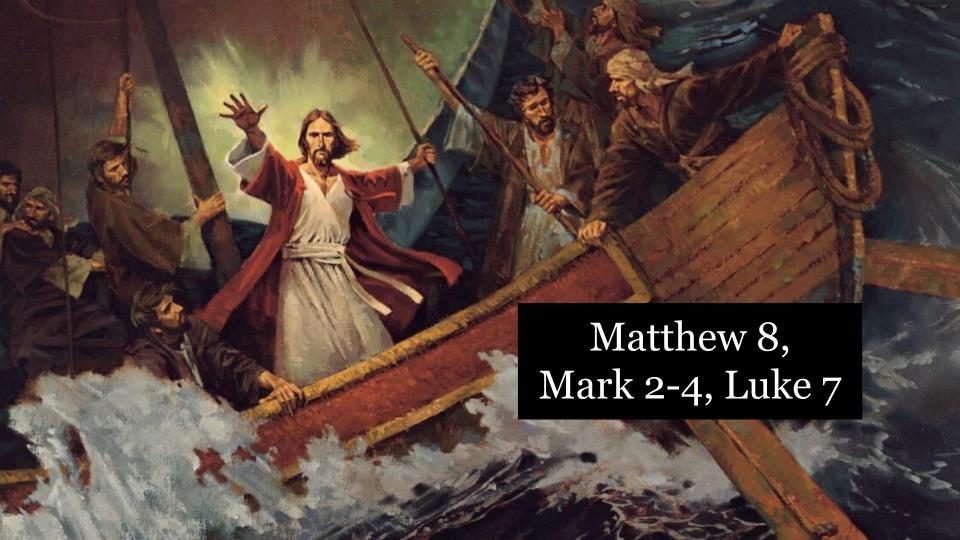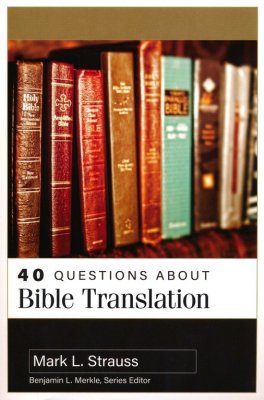Here are some ideas for learning and teaching some of the great principles in Matthew 8, Mark 2-4 and Luke 7. And while you’re here, I recommend you check out my free online course, “Seeking Jesus.”
Short Clips from The Chosen
The Chosen clips for this week are so good. Watch them all! See this page for tips on teaching with “The Chosen.”
Mark 2:1-11, Jesus Heals a Paralyzed Man
Mark 2:23-28, Jesus Plucks Grain on the Sabbath
Mark 3:1-6, Jesus Heals a Man with a Withered Hand
Short Clips from Seeking Jesus
I’ve pulled out short clips from the “Seeking Jesus Course” connected to this week’s readings that you could use as a morning devotional or spiritual thought.
**Especially recommended Jesus stills a storm
**Especially recommended Jesus and the anointing woman in Luke
Jesus heals the son of the widow of Nain
Follow me on Instagram or sign up here for more Come Follow Me insights.
Ideas for Teaching Matthew 8, Mark 2-4, Luke 7
The above short clip, Jesus Stills a Storm has an insightful quote by Timothy Keller. Here’s a PowerPoint with that quotation if you’d like to use it in a class you teach.
***Master the Tempest–New Lyrics + Backstory***
If there was ever a week to sing “Master the Tempest is Raging” (Hymn #105) it’s this week! This hymn, written by Mary Ann Baker has an interesting backstory as it relates to her life, but for now I want to point out that the way the hymn lyrics read in our current hymnbook, it’s a hymn where we are singing to The Savior. But in the original version of this hymn (first published in 1874) have it so that we sing to the Savior in the verses, and then he sings to us in the chorus. Consider these chorus lyrics, taken from the original hymn.
“The winds and the waves shall obey my will,
Peace, be still!
Whether the wrath of the storm-tossed sea,
Or demons, or men, or whatever it be,
No water can swallow the ship where lies
The Master of ocean, and earth, and skies;
They all shall sweetly obey my will;
Peace, be still! Peace, be still!
They all shall sweetly obey my will;
Peace, peace, be still!”
I love singing the hymn reflecting on the Savior singing back to me in the chorus. You might want to try that when you sing this hymn this week! (More details including an image of the original hymn here).
***Honoring the Sabbath***
Put several different activities on the board and ask students whether they think it’s “Okay” to do this activity on Sunday. Activities might include Surfing the web, Making a purchase on-line, Buying something from the store, Playing a board game with your family, Going to your friends house, Studying Come Follow Me, Watching sports on T.V., Playing sports outside, Doing homework, Taking a drive as a family, Going boating as a family, Helping someone change a flat tire, Watching a Marvel Movie, Reading a romance novel, Taking a nap.
Often people will rate these activities based on their own thoughts or based on the rules they were taught as a child. In the days of Christ, the Pharisees had created an extensive list of “Dos” and “Don’ts” for the Sabbath. In our day, prophets have emphasized principles over specific rules. Have students read Mark 2:23-28 (including the JST footnote in Mark 2:28) and Mark 3:1-5. What principles can they find about Sabbath day worship? President Russell M. Nelson powerfully taught Sabbath principles in this general conference talk. What principles from this talk stand out to you?
Ultimately the issue isn’t whether or not it’s okay to do X activity, but rather asking myself, “What does doing this activity on Sabbath signal to God about my feelings for him? Is this activity helping me rest from my regular work? Is this activity helping me draw closer to God? Is this activity helping me to serve others? As we faithfully live principles of Sabbath day worship, the Sabbath will truly become a delight.
***Miracles***
In the chapters we’re studying this week, Jesus performs many miracles (here’s a complete list of the Savior’s New Testament miracles). One activity that has strengthened me spiritually is to carefully read, re-read and ponder an individual miracles. You could do the following activity yourself, or modify it for a classroom setting.
Step 1. Choose a miracle to study. This week it might be Jesus healing the paralyzed man brought through the roof, stilling the storm, or raising a widow’s son from the dead.
Step 2. Carefully read each of the Gospel accounts of this miracle (this chart can help).
Step 3. Write down what you learn from comparing the similarities and differences of the miracle. Write as comprehensive account of the miracle as you can.
Step 4. Take a few minutes to ponder lessons we can learn from the miracle and what it teaches us about Jesus Christ.
For example, as I recently went through these steps while studying the miracle of Jesus healing the paralyzed man who was let down through the roof I wrote, “The phrase, “Jesus saw their faith,” illustrates how the faith of a friend or family member can make a big difference. Jesus didn’t see the faith of the paralyzed man, he saw the faith of those who were willing to bring their friend across town to see Jesus. He saw the faith of people who, when they couldn’t see Jesus in the normal way, found another way. They didn’t give up! That’s faith.”
For me, doing an in-depth study of the Savior’s New Testament miracles has been a spiritually enriching experience. I hope it will be the same for you.
I’ve included more thoughts on the Savior’s miracles in this video.
***
I hope these resources are helpful to you in your learning and teaching this week!
Do you want more learning and teaching tips for Come Follow Me? Follow me on Instagram or sign up here for emails with insights on Come Follow Me.






